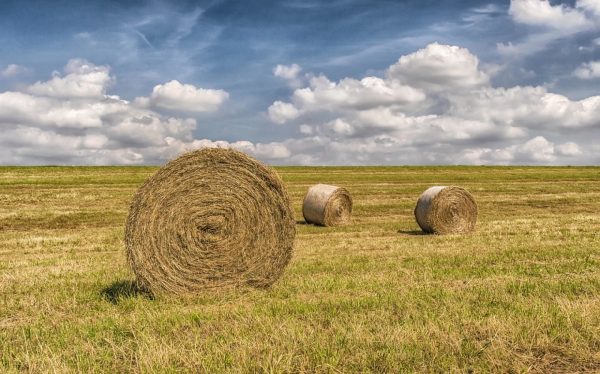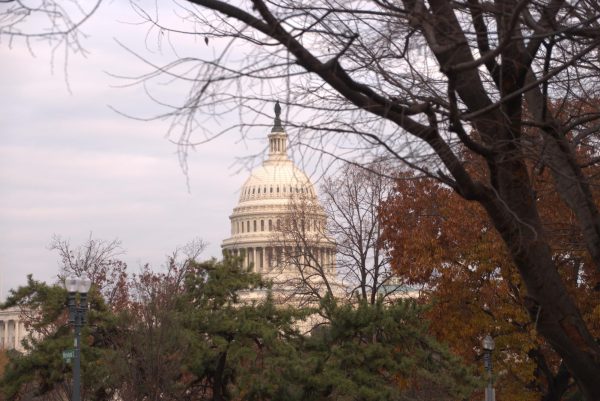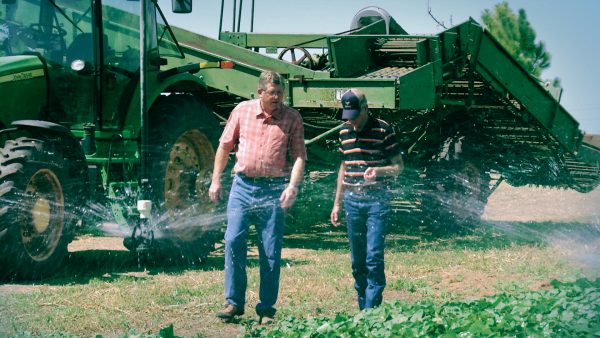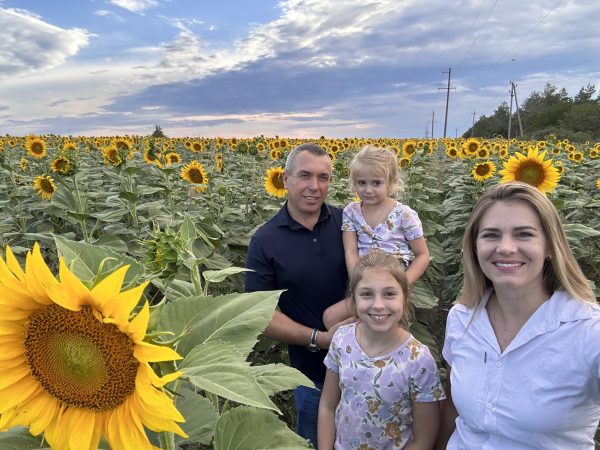Wheat farmers may be left out of stimulus payments
A field of wheat in northern Dewey County, Oklahoma. Wheat watchers are expecting a good harvest despite some fears of loss due to a recent freeze. More should be known later in the week, according to Oklahoma Wheat Commission executive director Mike Schulte.
Tucked inside the $2 trillion COVID-19 stimulus package signed into law nearly a month ago are funds designed to help farmers, ranchers and the food supply chain to survive the pandemic’s blow.
But wheat farmers, one of the largest commodities grown in Oklahoma, could be left out.
“Wheat is right there on the bubble,” said Rodd Moesel, president of the Oklahoma Farm Bureau, about relief eligibility for the commodity.
The Coronavirus Food Assistance Program, to be administered by the USDA, includes $16 billion for payments to farmers and ranchers to help make up for commodity market losses. An additional $3 billion is directed to purchase food from producers, which is then to be distributed to food banks and other organizations.
Payments are expected to be based on price declines of a given commodity from January to mid-April, according to information gathered by the American Farm Bureau Association from the USDA. It is anticipated that for a commodity to qualify for relief its market price must have dropped at least five percent during that time frame.
Wheat future prices have dropped four percent, according to Farm Bureau data.
“Wheat farmers are not going to be in line to get much out of this, if anything at all,” said Joe Neal Hampton, executive director of the Oklahoma Wheat Growers Association. “I just don’t see there is going to be much there for the wheat folks.”
Hampton explained that while wheat prices did fluctuate and drop below the presumed benchmark during the four month time frame, prices have since rebounded. The situation is further complicated by which data the USDA will use.
“It’s going to be a nightmare trying to calculate this, I think it’s going to be a pretty big challenge for them (USDA) to get this done,” said Hampton. “There’s just a lot of details and questions that will make the program pretty complicated to implement.”
Perhaps it is a good thing then that Oklahoma winter wheat appears to be headed to a banner year with 73 percent of the state’s wheat crop in good to excellent shape compared to 62 percent for the rest of the country, according to the USDA April crop report.
While official details of the program are not yet known, it is expected that payments will make up for 85 percent of losses suffered from January to April 15, in addition to 30 percent of losses in the next two quarters. Payments are anticipated to cap at $125,000 per commodity and $250,000 per individual.
Representatives for the USDA did not respond for comment.
U.S. Rep Frank Lucas (R, Okla.) said Thursday that he believed the “USDA will move heaven and earth” to get this relief money out in the next four to five weeks.
Lucas says the next steps are putting all efforts into reviving the market.
“The single greatest thing we can do is get the economy going again,” Lucas said. “We must get COVID-19 under control, we need to get the restaurants open and we need to get people back to where they are all working and can afford the food they need every day. That demand will address and stabilize.”
Gaylord News reporter Brooklyn Wayland contributed to this report.

is a student at the University of Oklahoma Gaylord College of Journalism and Mass Communication and a reporter for Gaylord News.











